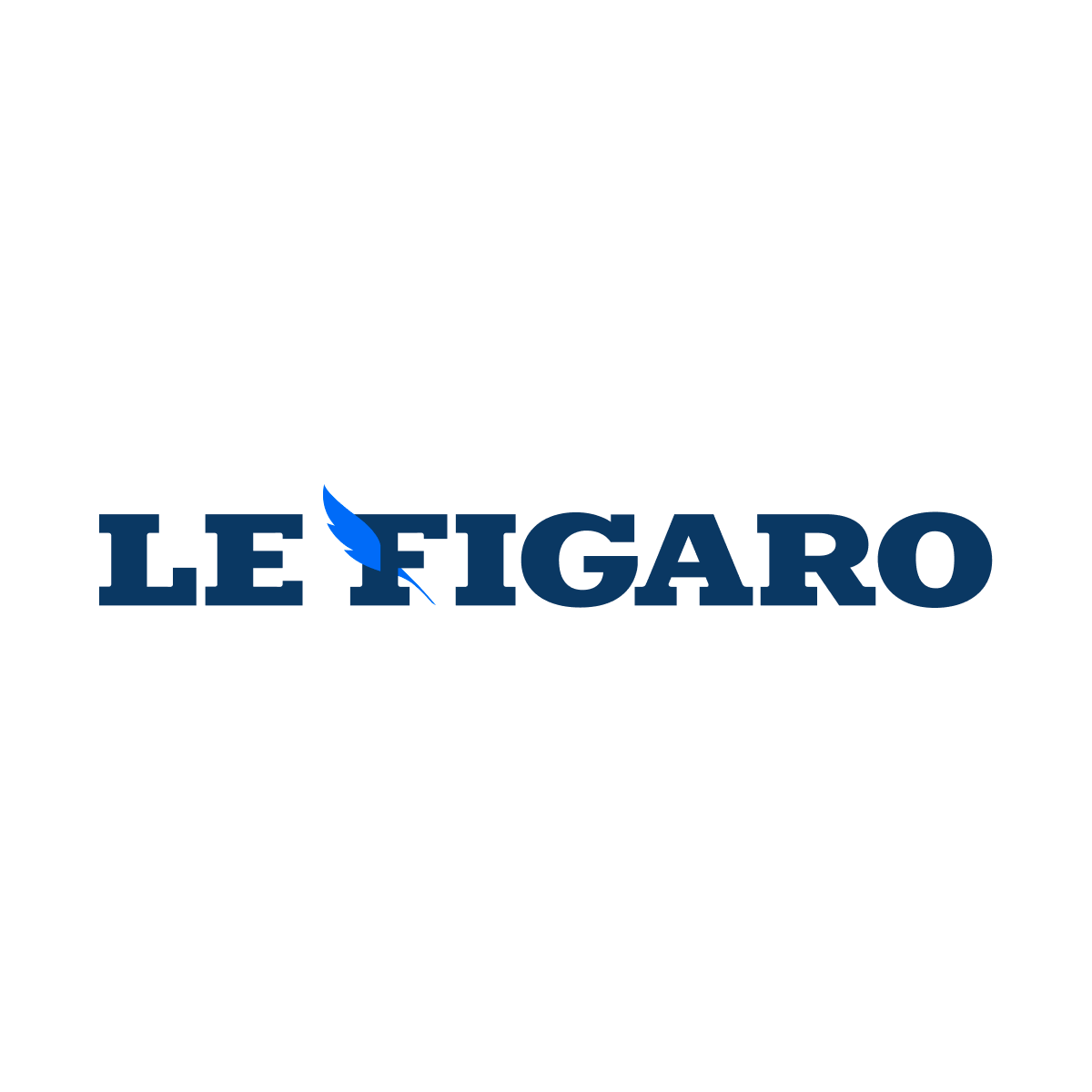
Bulgaria has moved a monumental stride closer to full integration with the eurozone following the unveiling of its new one-euro coin design. The announcement was met with praise from European Central Bank (ECB) President Christine Lagarde, who hailed it as both symbolically meaningful and a clear signal of progress.
In a Facebook post, Lagarde called the development “exciting” for both Bulgaria and the wider euro area, encouraging followers to view the design.
Her remarks underscore the importance of national identity in the transition to the euro—a shift that has long been in the making for Sofia.
A national symbol on European coin
The coin’s national side features Saint John of Rila (Ivan Rilski), the patron saint of Bulgaria and founder of the historic Rila Monastery.
A figure deeply embedded in Bulgarian spiritual and cultural life, his image speaks to the unity of tradition and modern European aspirations.
Saint John of Rila already appears on Bulgaria’s 1 lev banknote and coin, and his inclusion on the new euro coin carries this national symbol into the common currency. In doing so, Bulgaria preserves cultural continuity while taking a historic step toward full eurozone integration.
The path toward Euro adoption
Bulgaria’s accession to the eurozone is now officially scheduled for January 1, 2026, following the Council of the European Union’s approval of the necessary legislative measures in July 2025. This will make Bulgaria the 21st member of the euro area
The path toward euro adoption has been built on steadfast economic reform. Since entering ERM II (EU’s Exchange Rate Mechanism) in 2020, Bulgaria has aligned its lev to the euro at the fixed rate of 1.95583 BGN per euro. Sustained low inflation, disciplined public finances, and favorable interest-rate conditions allowed Sofia to finally meet the Maastricht convergence criteria in mid-2025.
Prime Minister Rosen Zhelyazkov underscored the societal benefits of the change, emphasizing that the euro adoption would bring economic growth, improved purchasing power, and higher living standards—especially important in a country with relatively low wages within the EU.
As the final countdown begins, public preparations are underway—ATMs updated, pricing systems adjusted, and public communication intensified. The new one-euro coin design becomes a powerful emblem not just of monetary transition but of a nation reaffirming its cultural roots while stepping boldly into a shared future within the eurozone framework.







